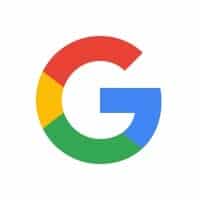- Elvin Henriques
Objective: Design an alarm clock for elderly people
1) Asking questions:
What is the age of the target group? Assuming they say +70 years old.
Are they visually impared? I’ll assume yes, but they were glasses.
Do they suffer from shaking? I’ll assume yes.
Hearing problems? I’ll also assume yes.
Should it be an app or a physical alarm? Assuming they say it is up to me.
2) So what can be this group pain points we need to solve.
They cannot see well, so we need to avoid small numbers/text.
They are used to old alarms, and they are not tech friendly. They want something easy to use.
Some of them have hearing problems so the sound should be higher for some users. However, They don’t want to be scared by the alarm !
They normally want to set it up at the same time every day. They mainly use it for their pills rather than to wake up.
3) Now, let’s think of how we could address these issues:
Since they find comfort in what they already know, it might be a good idea to develop an “old fashioned” alarm clock. They are more familiar too with clock hands, but they are somehow a challenge to set up considering the locomotive hardships. Therefore, it could be a digital + old fashioned alarm clock to be placed upon any surface (night stands, desk).
– It would signal with a light whether it is on (green) or off (red) so they clearly know .
– It will have big numbers, easy to change with physical buttons that will be easy to press. There will be an On and Off swich to turn it on.
– The sound will grow gradually. It will start lower and increase to a moderate – high sound. Therefore, they won’t be frightened by it if they are sleeping or doing something else.
– It will contain a box designed to store the pills next to it.


 Google
Google